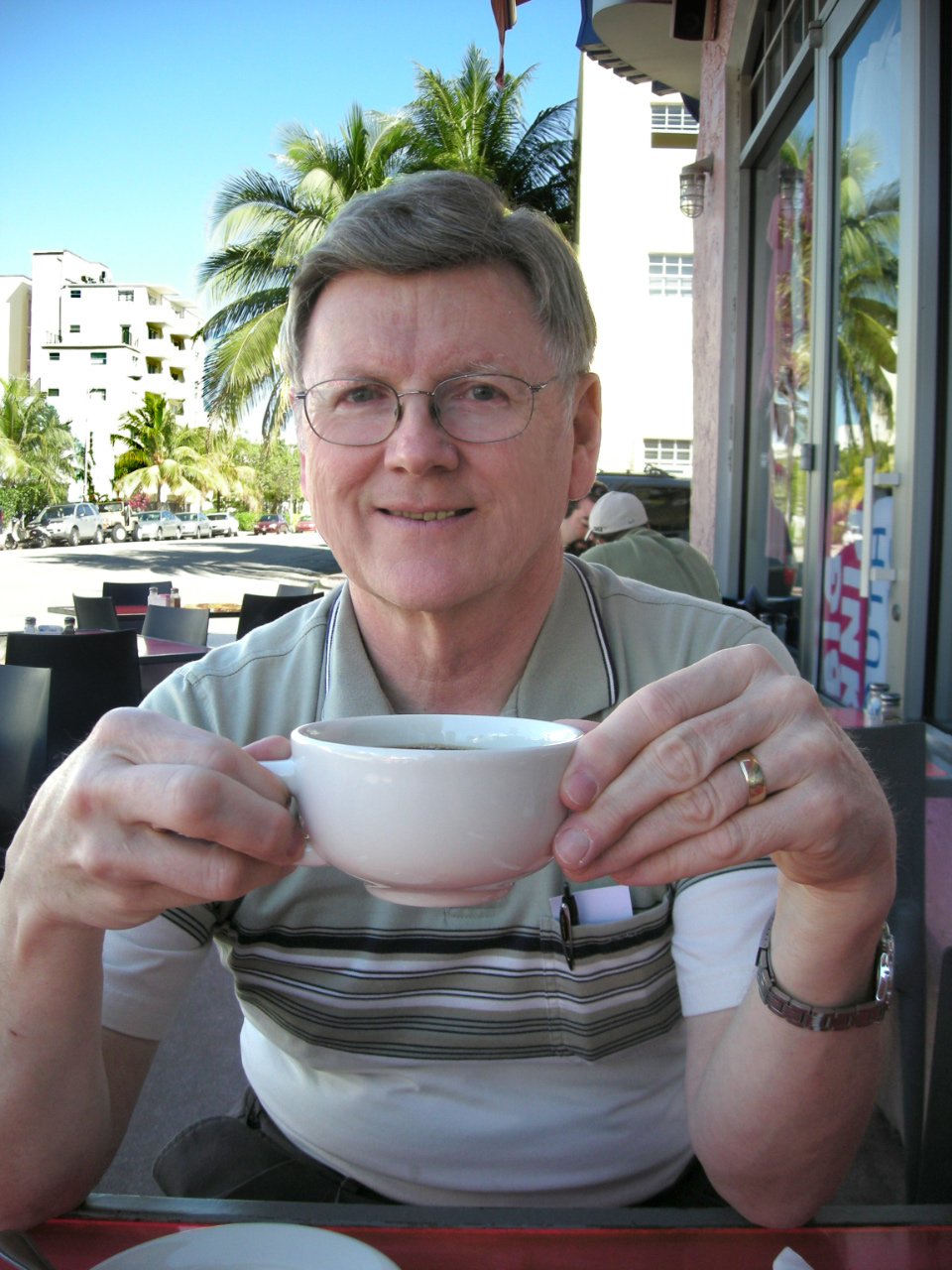It's located immediately east of Highway 101 at exit 399 (Shoreline Blvd.) This is just 25 miles south of the car rental returns at SFO. Closed Monday and Tuesday. Otherwise, get there well before it closes at 5:00 p.m. You will need at least a couple of hours for the self-guided tour if you had anything to do with computers in the 1950s, 60s or 70s.
The current exhibit is titled "Revolution." It does a very thorough job of covering a wide period of computer history. I'm going to break this tour up into two separate pieces. This first one will cover just a few exhibits during the era of calculators through punch cards. The second part will show you some of the computer exhibits.
I was disappointed to find that the ElectroData Datatron 205 which was exhibited previously has been returned to storage. "It didn't make the cut," noted the archivist. Apparently, I wasn't the first to ask, since she had been questioned about the lack of Burroughs equipment recently by another visitor.
So let's start our tour with the Burroughs adding machine that is part of the current exhibit. They have a good specimen from 1912. Unfortunately, the exhibit passes pretty lightly over what made Burroughs' adding machine special. Look at the back of the machine. It printed a tape with both the entries and the total. Revolutionary stuff in the late 1880s. Can't you just imagine the excitement in the eyes of a merchant or banker at seeing a printed audit trail coming out of the Burroughs "Adding and Listing" machine versus the numbers displayed on dials on the competitor's Comptometer?
Burroughs salesmen in the early 1900s were going from town to town selling their machines for $475 ($125 stayed with the salesman - that could buy 2 horses). "Gather round boys," the salesman would say in the bar, "I have a machine that can add numbers and print the results faster than any man in this room! And, it never makes a mistake." A lot of bets were made on that claim.
Also in this area of the exhibit is a good example of a Marchant calculator. Marchant was the Cadillac of calculators used by mathematicians, engineers and astronomers up through the end of World War II. It was smooth-operating and fast. See this chapter of Herb Grosch's autobiography, 2500 hours on a Marchant for more details.
Marchant calculators were made across the bay in Oakland. But their chief designer was a fellow named Carl Friden. Friden worked for Marchant beginning in 1918 but then started his own company a bit further south in San Leandro in 1934. I found this picture of the Friden factory over in the San Leandro library.
Over in another corner of the exhibit there is a great collection of IBM punched card equipment. Besides some very early machines there is a mint-quality group machines from the 1950-60 era. I haven't seen a sorter like this one in years, much less the bins with cards hanging above it.
I photographed just the "business end" of the collator. The model 026 keypunch should bring back lots of memories.
O yes, which way do you place those cards in the hopper on the sorter or the collator? Well, face down, nine-edge first, of course.




